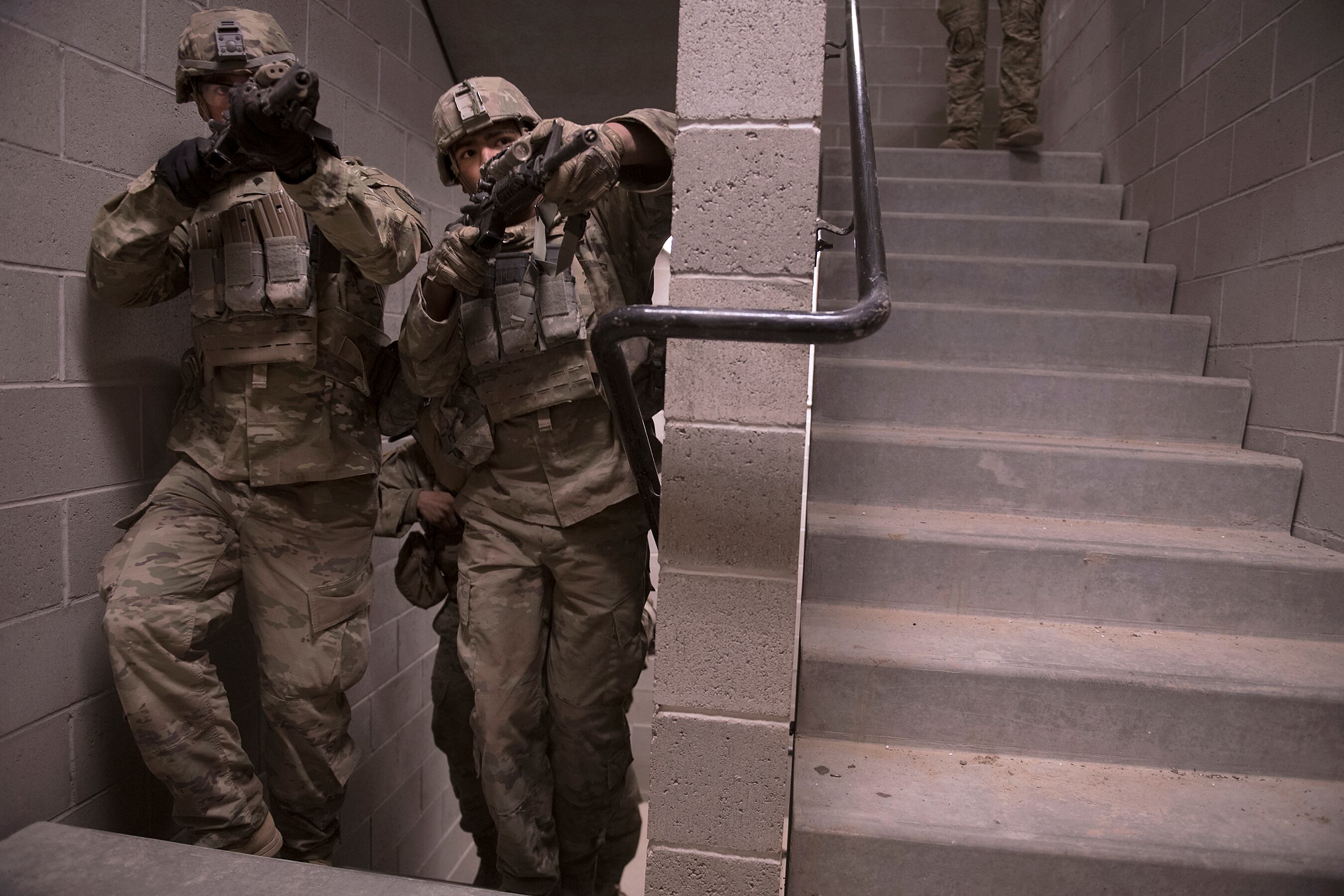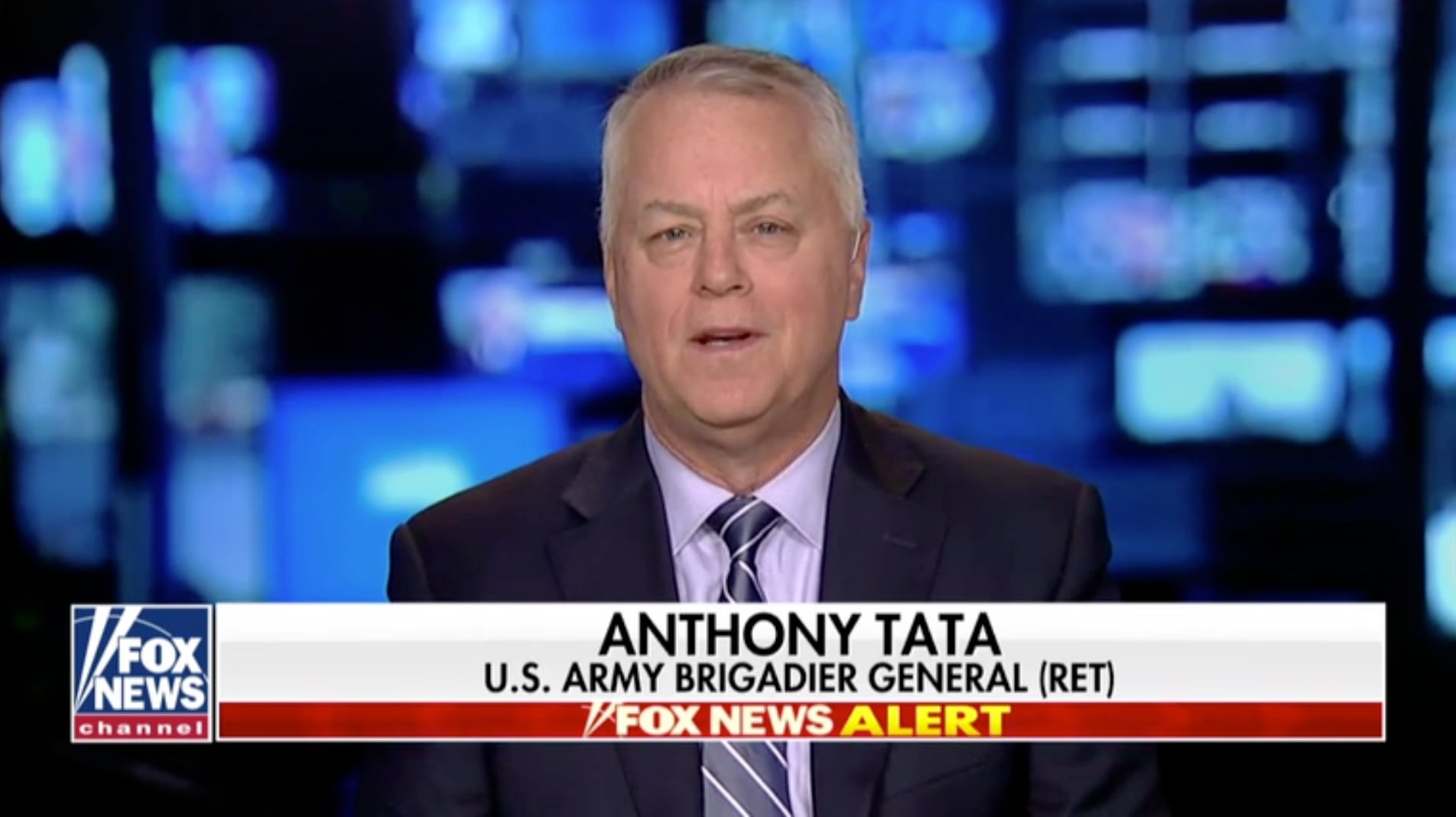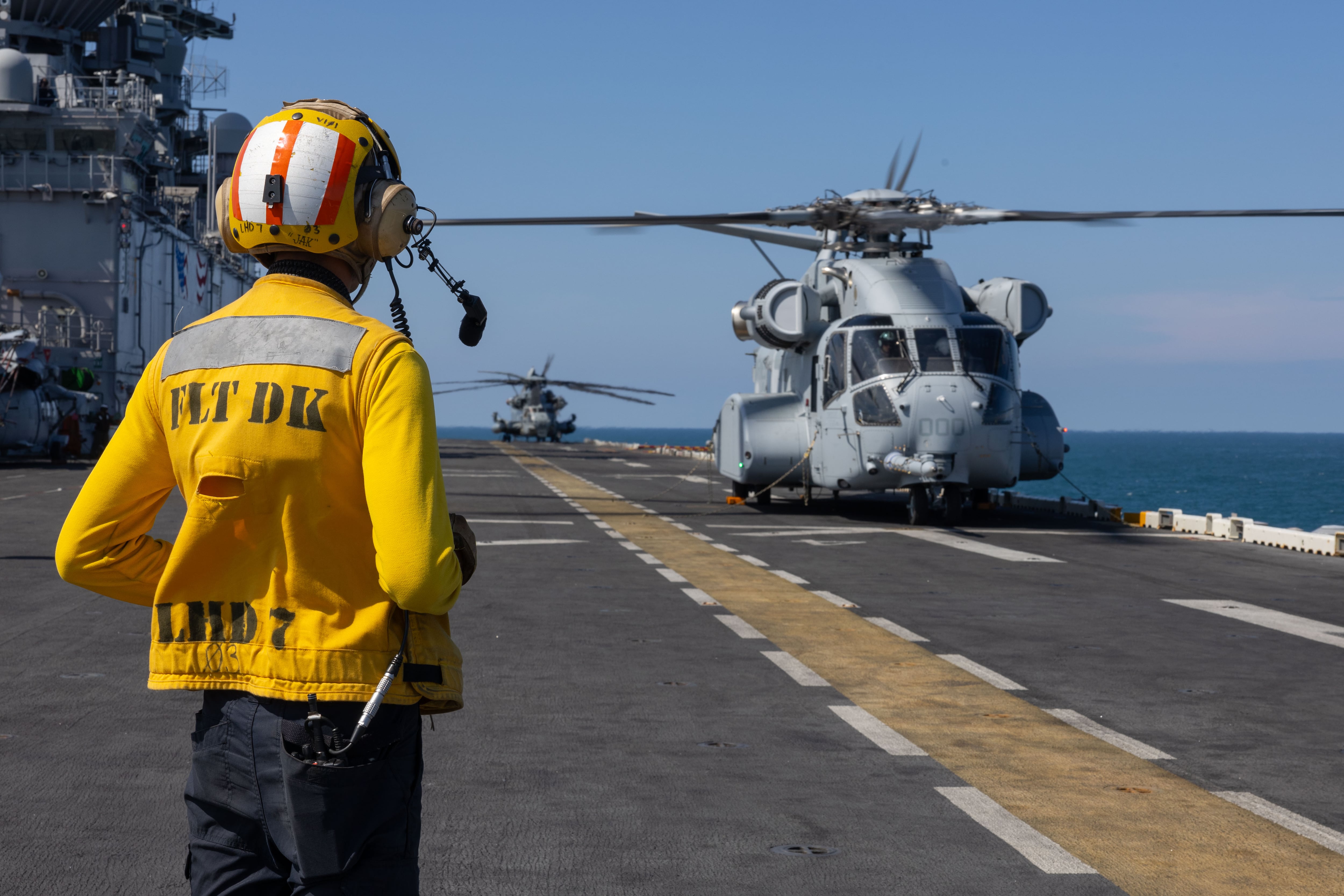This month, the 40th Infantry Division, California Army National Guard, is holding its first-ever urban planner conference, the training is aimed at brigade and above-level urban operations.
For Brig. Gen. Rob Wooldridge confronting the challenges of the urban environment started early in his career, during a 1997 deployment to Haiti.
Because of the experience the Army had in 1993 at the battle of Mogadishu, Wooldridge’s unit made sure to take tanks with them to the urban setting of Port-au-Prince. They knew they would need some kind of armor to protect them from the multi-level, 360 degrees of attack they could face in any kind of city.
More than 20 years later, in a command post exercise earlier this year, the computer pushed Wooldridge’s team to take a port in the middle of a simulated city.
They were able to easily bypass a city of 200,000 people without hitting a speed bump. But that’s not realistic.
“That bypassed city should have been a thorn in my side,” Wooldridge said. “Part of the problem is that the people who designed the system need a requirement.”
And that signals a larger requirement for larger unit planners to better consider urban factors, he said.
Without substantial planning, equipping and training for even a brigade-sized urban scenario, the Army faces huge gaps that could cost lives.
Back in 2016, Chairman of the Joint Chiefs of Staff Gen. Mark Milley had warned that the Army needed to be ready to fight in megacities. But training still falls at mostly the squad, platoon and sometimes company level.
Wooldridge’s boss, Maj. Gen. Laura Yeager, commander of the 40th Infantry Division, spearheaded support for the conference that they hope will become an annual event. The intent is to share expertise and build real knowledge on brigade-level and above urban operations.
Between Oct. 17 and 23 at least 50 soldiers, allied officers and first responders will meet in person for the conference. Another 50 to 100 will meet online. The conference is being held at joint force training base Los Alamitos, California.
The seven-day conference will center on urban operations doctrine and training concepts, look at historical studies and identify gaps in the current U.S. dense urban operations fighting doctrine.
The Army has units that specialize in all types of terrain and methods of operations — from jungle warfare with the 25th Infantry Division to mountain warfare with 10th Mountain Division.
But no such schoolhouse or dedicated unit is focused solely on urban operations.
Wooldridge said he sees this conference as a starting point for building that kind of repository of knowledge of urban operations for the Army. And the California Army National Guard could use some of this information.

“We need to understand the implications of the urban, what does (Dense Urban Terrain) do to your operation at the planning level and also at the support level?” Wooldridge said.
The 101st Airborne Division has their yellow book that the Army relies upon for air assault. The Army could create something like a “gray book” for urban operations, Wooldridge explained.
For example, planners may need to pack 10 times the ammunition or fuel that they normally would in order to meet a highly intensive shooting fight in an urban scenario.
There’s good urban combat training at the small unit level, Wooldridge explained. But walk up to any random major or lieutenant colonel and ask them, “How many urban operations have you prepared for at the brigade level and above?”
Wooldridge suspects those officers might say zero.
Though combat is the focus of Army training now, the conference goes beyond battle. For instance, the California Guard has to respond to a variety of urban situations, like loss of power due to earthquakes or riots and crowd control, which do not include combat.
“We want to make it practical they should be able to apply that understanding in either civil support or large scale combat operations that’s kind of the reason for us why we would take this on because of our dual mission as a (Guard unit),” Wooldridge said.
Todd South has written about crime, courts, government and the military for multiple publications since 2004 and was named a 2014 Pulitzer finalist for a co-written project on witness intimidation. Todd is a Marine veteran of the Iraq War.





